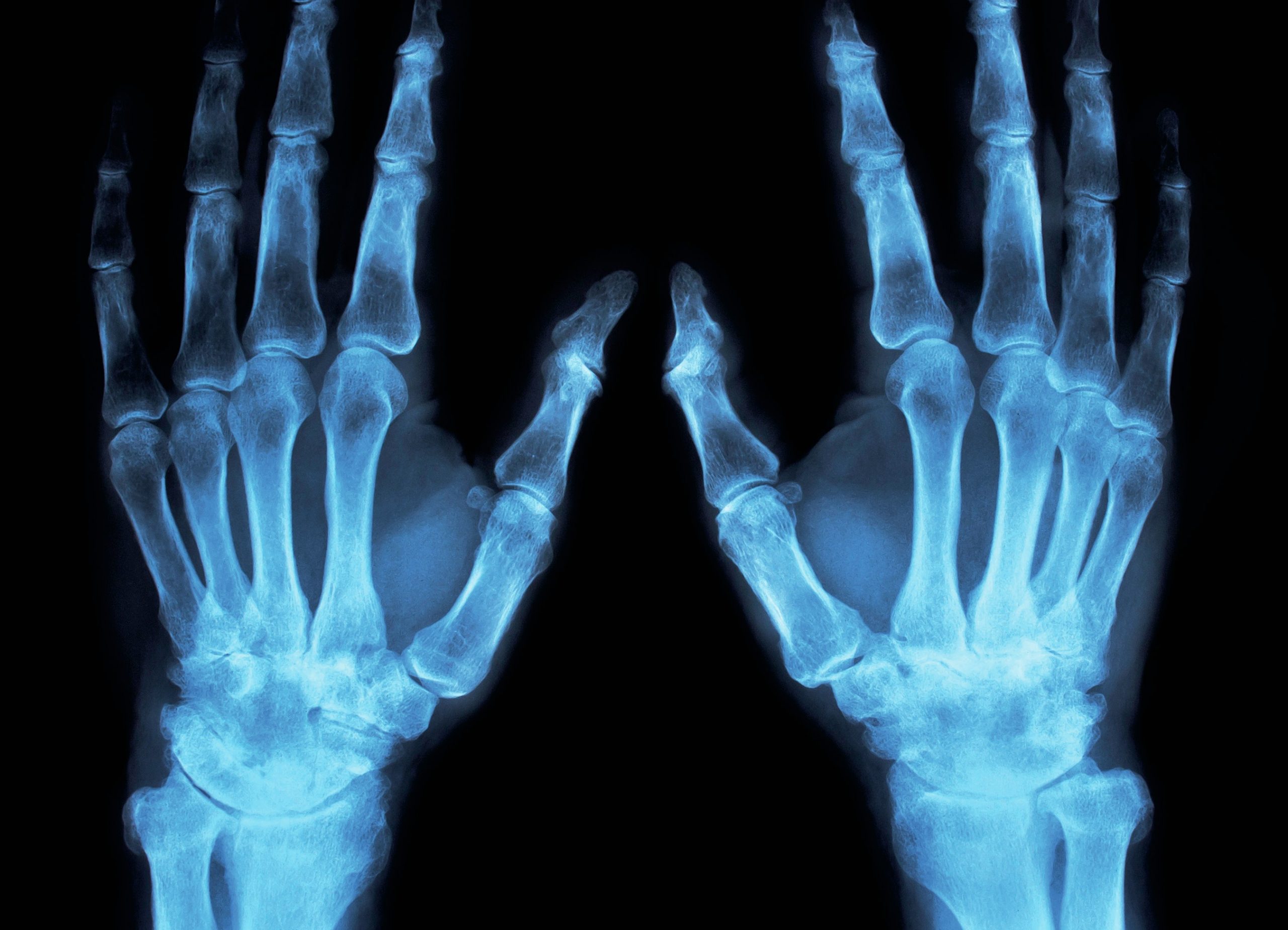
Wilhelm Konrad Röntgen (34 Across) discovered X-rays in 1895. X-rays were his name for them, although they were also called Röntgen rays by many. Röntgen was German, and in English we often write his name as ‘Roentgen’ rather than using the umlauted ‘o’.
Röntgen’s discovery inspired Henri Becquerel to search for other rays, leading within a few months to the discovery of radioactivity. These discoveries marked the start of the so-called Second Scientific Revolution, overturning previous ideas about atoms, radiation and the nature of matter. (The First Scientific Revolution had been kick-started by Galileo, soon followed by Newton and others.)
Your organisation does not have access to this article.
Sign up today to give your students the edge they need to achieve their best grades with subject expertise
Subscribe




